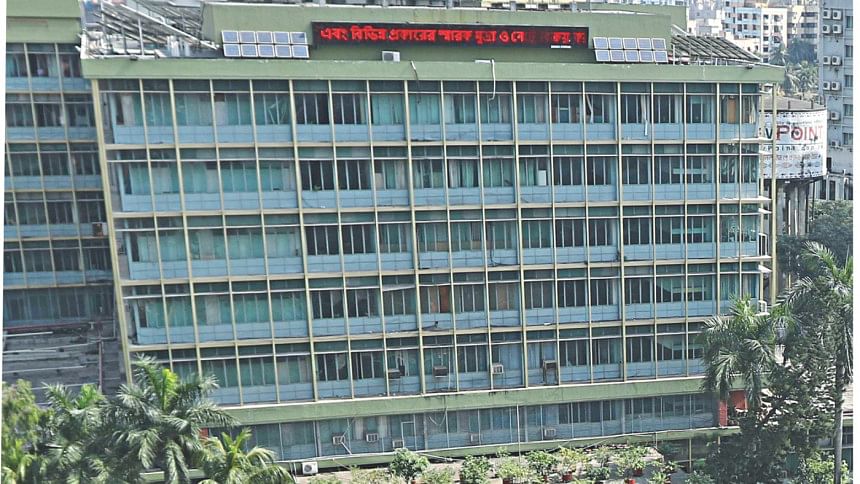Lending rate goes past 13% despite lowering of margin

The interest rate on loans is going to surpass 13 percent from March despite lowering the margin as the benchmark interest rate has been increasing consistently since its introduction.
The lending rate will be 13.11 percent from March 1 as the Six Months Moving Average Rate of Treasury bills, abbreviated as SMART, stood at 9.61 percent in February. The rate will be applicable for March.
The SMART was 8.68 percent in January this year and 7.2 percent in September last year.
The benchmark rate increased due to the higher yields of the government treasury bills and the central bank's initiatives to cool down inflation.
In another move, the banking regulator has cut the lending rate margin by 25 basis points to stabilise the rising interest rate and maintain economic dynamism.
From now, banks can add 3.5 percent in the margin to SMART while fixing the interest rate of loans, down from 3.75 percent, according to a central bank notice yesterday.
The margin will be 2.5 percent instead of 2.75 percent for the loans for pre-shipment export and agriculture credits.
The central bank is trying to stabilise the lending rate by lowering the margin, said a senior central bank official.
As part of its move to lower inflation, the central bank introduced SMART in July, moving away from the 9 percent interest rate cap. Since then, the lending rate has continued to rise.
Mustafa K Mujeri, a former chief economist of the central bank, told The Daily Star that it was a reactionary approach in the face of sustained inflation.
Inflation in Bangladesh climbed 45 basis points to 9.86 percent in January.
Mujeri, also the executive director of the Institute for Inclusive Finance and Development, said that there is no sign of inflation cooling in the coming days, adding that a reactive approach would adversely impact consumer prices.
However, he said that the lending rate is already high, so there is a question of whether it would have any impact on inflation.
As per the economist, the government and the central bank have adopted several policies which are contradictory to the contractionary monetary policy. He suggested the government and the BB adopt integrated policies to tackle higher prices.
However, business people say that they are in trouble now due to the interest rate hike because it has increased the cost of business.
Mahbubul Alam, president of the Federation of Bangladesh Chambers of Commerce and Industry (FBCCI), said: "The rising lending rate is not good for businesses."
He hopes that the lending rate will come down once the inflow of remittance and export earnings increases.

 For all latest news, follow The Daily Star's Google News channel.
For all latest news, follow The Daily Star's Google News channel. 








Comments